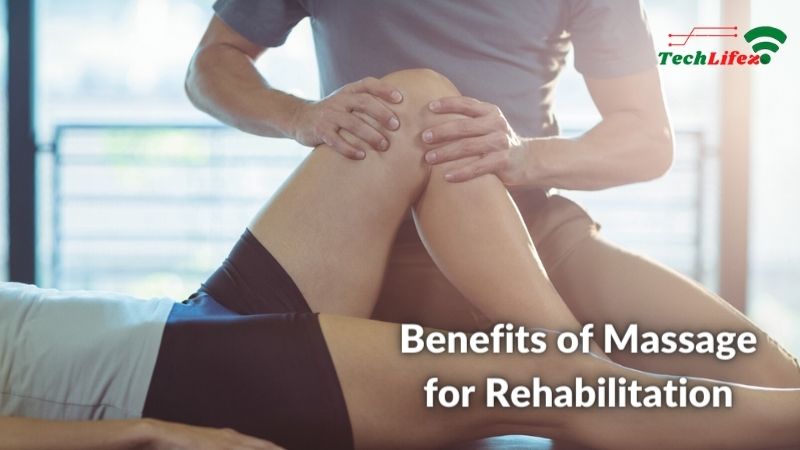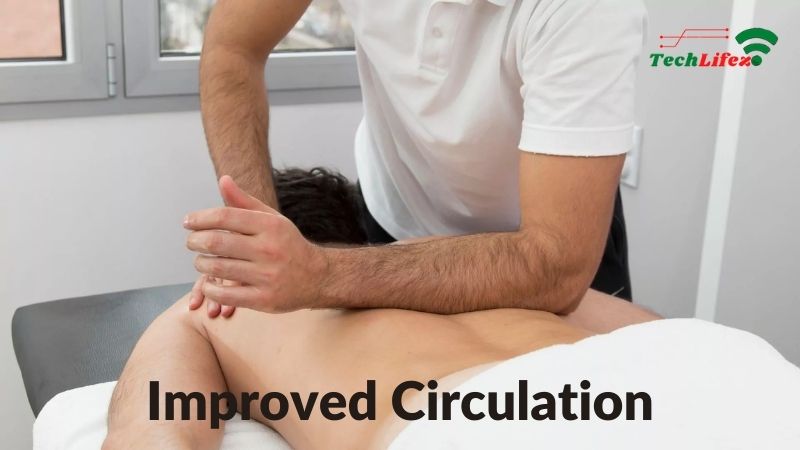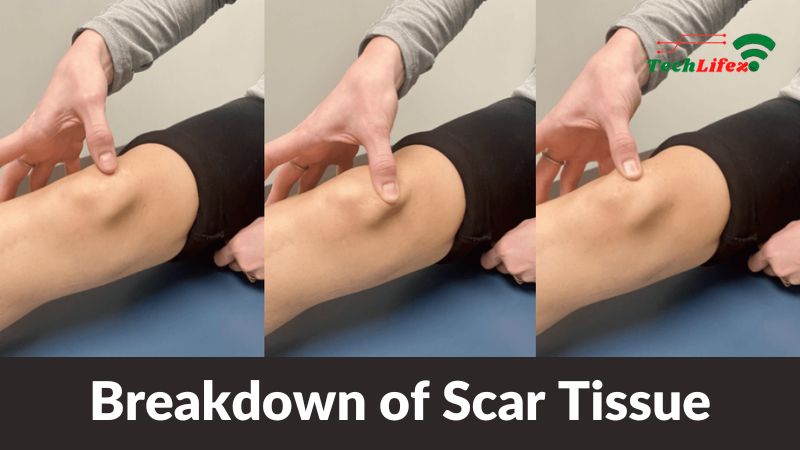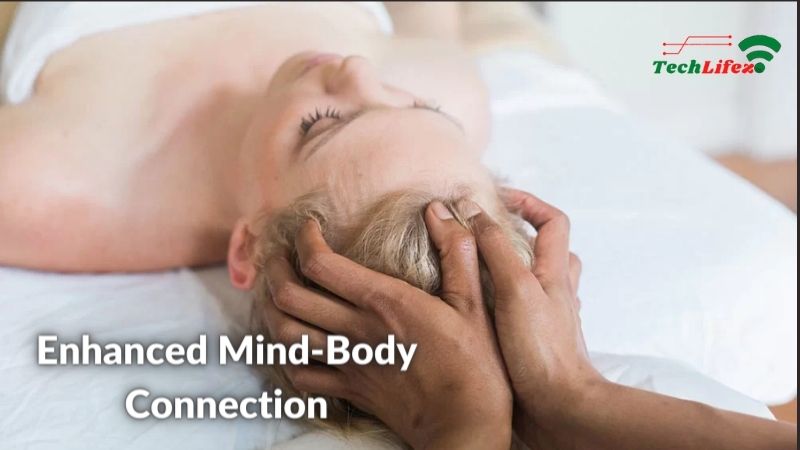In the journey of rehabilitation, individuals often seek various methods to expedite recovery and restore functionality. While traditional approaches like physical therapy and medication play pivotal roles, an often underestimated ally in this process is massage therapy. The benefits of massage for rehabilitation are manifold, offering not only physical relief but also profound psychological support. Let’s delve deeper with Techlifez into how massage therapy can significantly enhance the rehabilitation journey, paving the way for a speedier recovery and improved quality of life.
Contents
- 1 The Profound Benefits of Massage for Rehabilitation
- 1.1 1. Improved Circulation:
- 1.2 2. Pain Relief:
- 1.3 3. Muscle Relaxation:
- 1.4 4. Enhanced Flexibility and Range of Motion:
- 1.5 5. Breakdown of Scar Tissue:
- 1.6 6. Reduction of Swelling and Edema:
- 1.7 7. Stress Reduction and Relaxation:
- 1.8 8. Improved Sleep Quality:
- 1.9 9. Enhanced Mind-Body Connection:
- 1.10 10. Psychological Support:
- 2 Conclusion:
The Profound Benefits of Massage for Rehabilitation
1. Improved Circulation:
One of the most notable benefits of massage for rehabilitation is its ability to enhance circulation. By stimulating blood flow to injured areas, massage facilitates the delivery of essential nutrients and oxygen while removing metabolic waste products. This increased circulation promotes faster healing and tissue repair, crucial components of the rehabilitation process.
2. Pain Relief:
Pain is often a significant barrier to progress during rehabilitation. However, massage therapy offers a natural and effective solution for pain relief. Through techniques like kneading and compression, massage helps reduce muscle tension, inflammation, and nerve compression, alleviating discomfort. Moreover, the release of endorphins, the body’s natural painkillers, further enhances pain management during the rehabilitation journey.
3. Muscle Relaxation:
Tense muscles can impede progress and prolong recovery time. Fortunately, massage therapy excels in promoting muscle relaxation, a cornerstone of successful rehabilitation. By employing techniques such as gentle stretching and deep tissue manipulation, massage helps ease muscle tension, restoring flexibility and range of motion to affected areas.
4. Enhanced Flexibility and Range of Motion:
In the journey of rehabilitation, restoring flexibility and range of motion is crucial. Massage therapy plays a pivotal role in achieving this by preventing the formation of scar tissue and adhesions, which can impede movement. Through specialized techniques involving manipulation and stretching, massage enhances tissue elasticity and joint mobility, facilitating individuals in reclaiming functional independence. Moreover, incorporating massage into rehabilitation regimens can expedite recovery by promoting circulation, reducing inflammation, and alleviating muscle soreness, underscoring its benefits of massage for rehabilitation.
5. Breakdown of Scar Tissue:
Injuries and surgeries often leave behind scar tissue, which can impair tissue function and mobility. However, massage therapy offers a solution by effectively breaking down scar tissue and promoting tissue remodeling. By applying targeted pressure and friction, massage helps realign collagen fibers, improving tissue pliability and restoring optimal function to injured areas.
6. Reduction of Swelling and Edema:
Swelling and edema are common challenges faced during rehabilitation, hindering progress and causing discomfort. Massage therapy, particularly techniques like lymphatic drainage, can significantly reduce swelling by promoting the movement of lymphatic fluid. This reduction in fluid buildup not only alleviates discomfort but also accelerates the healing process, facilitating a smoother rehabilitation journey.
7. Stress Reduction and Relaxation:
Embarking on a rehabilitation journey can be emotionally and mentally demanding, often resulting in heightened levels of stress and anxiety. Amidst these challenges, massage therapy emerges as a sanctuary of relaxation, offering individuals a vital reprieve. By triggering the release of stress-reducing hormones such as serotonin and dopamine, massage not only promotes deep relaxation but also helps alleviate tension and cultivate a profound sense of well-being. Furthermore, incorporating massage into rehabilitation programs can enhance recovery outcomes by improving circulation, reducing muscle stiffness, and accelerating the healing process, underscoring the multifaceted benefits of massage for rehabilitation.
8. Improved Sleep Quality:
Sleep disturbances are common among individuals undergoing rehabilitation, often stemming from pain and discomfort. However, massage therapy can improve sleep quality by inducing a state of deep relaxation and reducing pain levels. By addressing both physical and psychological factors contributing to sleep disturbances, massage enables individuals to experience more restful and rejuvenating sleep, essential for the healing process.
9. Enhanced Mind-Body Connection:
Rehabilitation is not just about physical recovery; it also involves reconnecting with one’s body and fostering a deeper sense of awareness. Massage therapy facilitates this mind-body connection by promoting mindfulness and body awareness. Through gentle touch and guided movements, individuals gain a greater understanding of their body’s needs and limitations, empowering them to make informed choices throughout their rehabilitation journey.
10. Psychological Support:
Beyond its physical benefits, massage therapy offers invaluable psychological support during rehabilitation. It provides a safe and nurturing environment where individuals can express their fears, frustrations, and aspirations openly. This therapeutic relationship fosters trust and resilience, enabling individuals to navigate the challenges of rehabilitation with confidence and optimism.
Conclusion:
In summary, the benefits of massage for rehabilitation are far-reaching and multifaceted. From improving circulation and relieving pain to promoting relaxation and enhancing psychological well-being, massage therapy plays a vital role in the rehabilitation process. By integrating massage into rehabilitation programs, individuals can experience accelerated healing, restored functionality, and an overall improved quality of life. As we continue to explore the synergies between massage therapy and rehabilitation, we unlock new pathways to healing and recovery, empowering individuals to reclaim their health and vitality.




